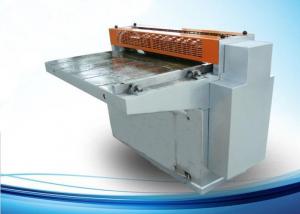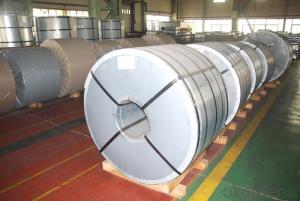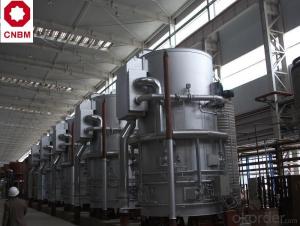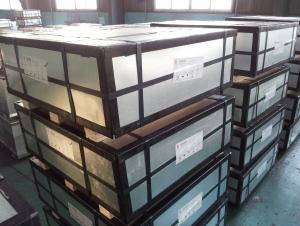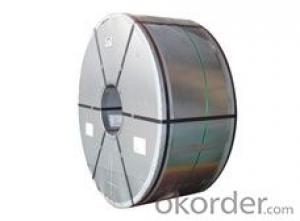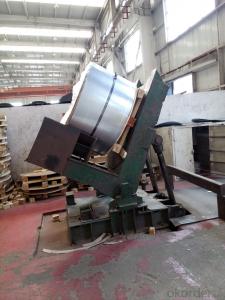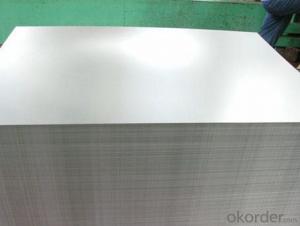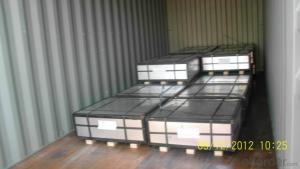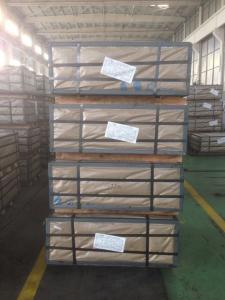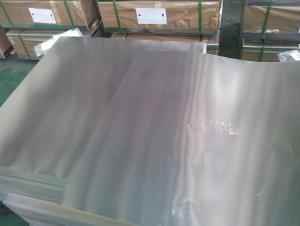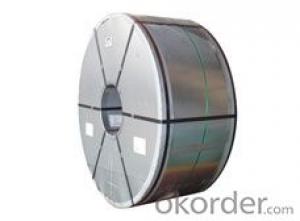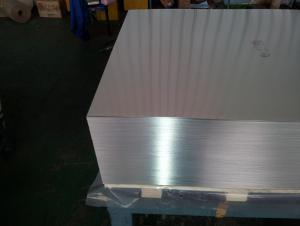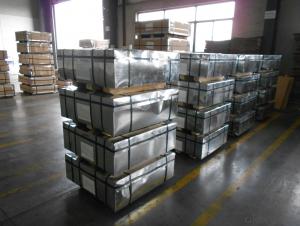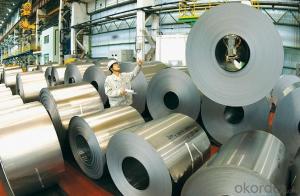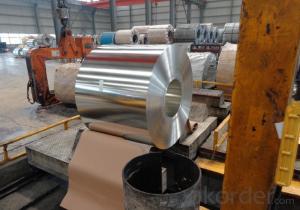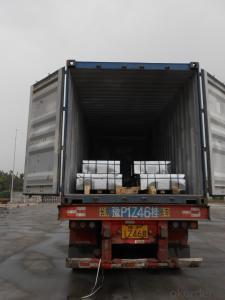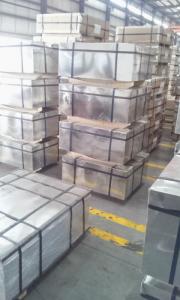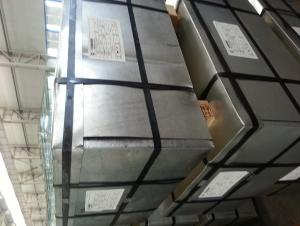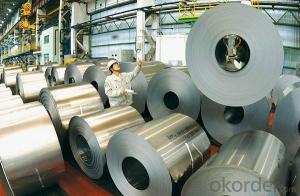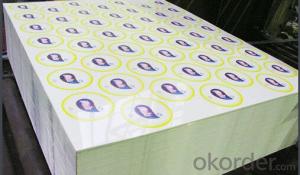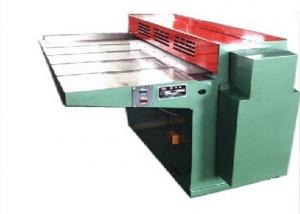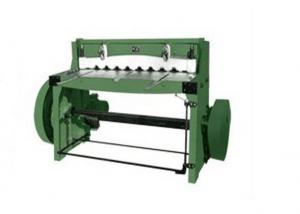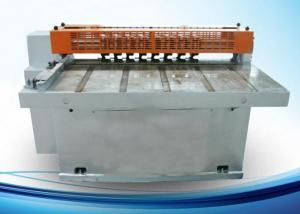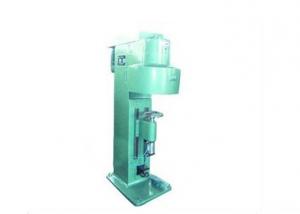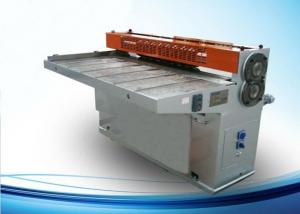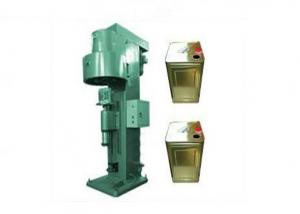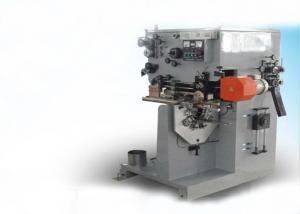Tinplate Breckenridge
Tinplate Breckenridge Related Searches
Tinplate Elwood Tinplate Uk Lacquered Tinplate Tinplate Lids Printed Tinplate Thyssenkrupp Tinplate Tinplate Iron Turkey Tinplate Tinplate Metal Tinplate Bucket Tinplate Tins Tinplate Products Tinplate Factory Tinplate Conyers Tinplate Recycling Tinplate Coating Tinplate Pizza Tinplate Studios Buy Tinplate Bse Tinplate Tinplate Purchasing Corp Tinplate China Tinplate Jamshedpur Envases Tinplate Marx Tinplate Tinplate Material Marklin Tinplate Rasselstein Tinplate Italy Tinplate Nse TinplateTinplate Breckenridge Supplier & Manufacturer from China
Tinplate Breckenridge is a high-quality metal product known for its durability and versatility, making it a popular choice for various applications. This product is widely used in the manufacturing of cans, containers, and other packaging materials, as well as in construction and automotive industries. Its unique properties, such as resistance to corrosion and ease of processing, make it an ideal material for a wide range of uses.In various industries, Tinplate Breckenridge is recognized for its exceptional performance and reliability, which is why it is sought after by numerous businesses and manufacturers. Its applications span across different sectors, from food and beverage packaging to automotive parts and construction materials. The product's ability to withstand harsh conditions and maintain its integrity makes it a preferred choice for many professionals.
Okorder.com is a leading wholesale supplier of Tinplate Breckenridge, offering a vast inventory to cater to the needs of various industries. With a commitment to quality and customer satisfaction, Okorder.com ensures that the Tinplate Breckenridge products they provide meet the highest standards. Their extensive stock allows customers to access the product in large quantities, making it a convenient and reliable source for businesses looking to incorporate this material into their operations.
Hot Products


